文章目录
- Slides
- Ref
Slides
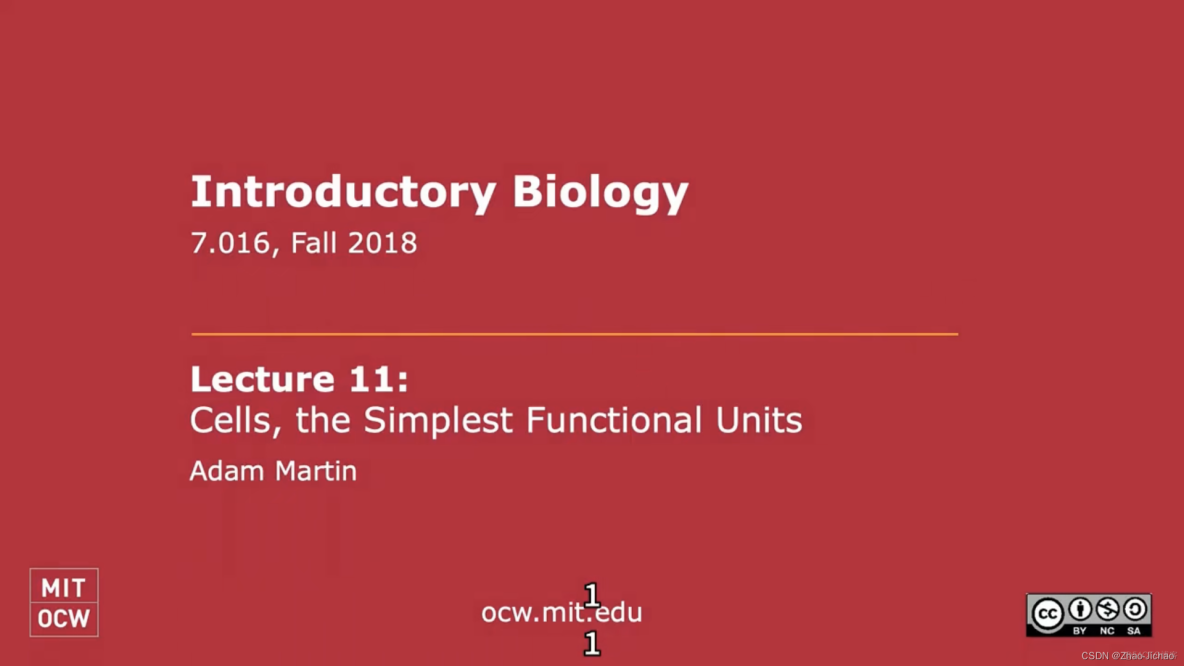
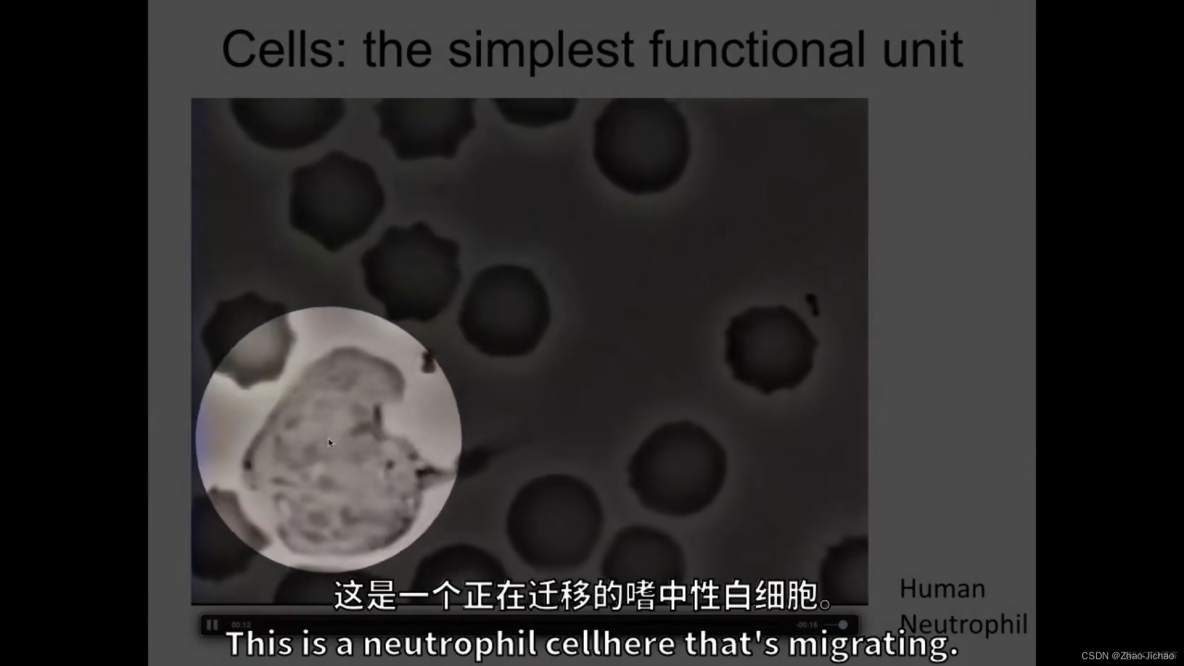

You can see often the egg cells are the biggest of all cells. The biggest cell is an ostrich egg. It’s about 15 centimeters, I believe. So cells span a huge, wide range of sizes.

I’m gonna start with the simplest, which is a bacteria cell. And what I want to point out about this cell is its simplicity. So here, you can see this is an electron micrograph of bacteria cell here. And this is a cartoon just illustrating some of the key features. You have a plasma membrane and a cell wall. The cell wall here is in sort of the periplasmic space is in green. And this encapsulate the cytoplasm. And the only other real structure you can see in this case, is this nucleoid structure in the middle. And what the nucleoid is, is it’s just the chromsome of the bacterium.
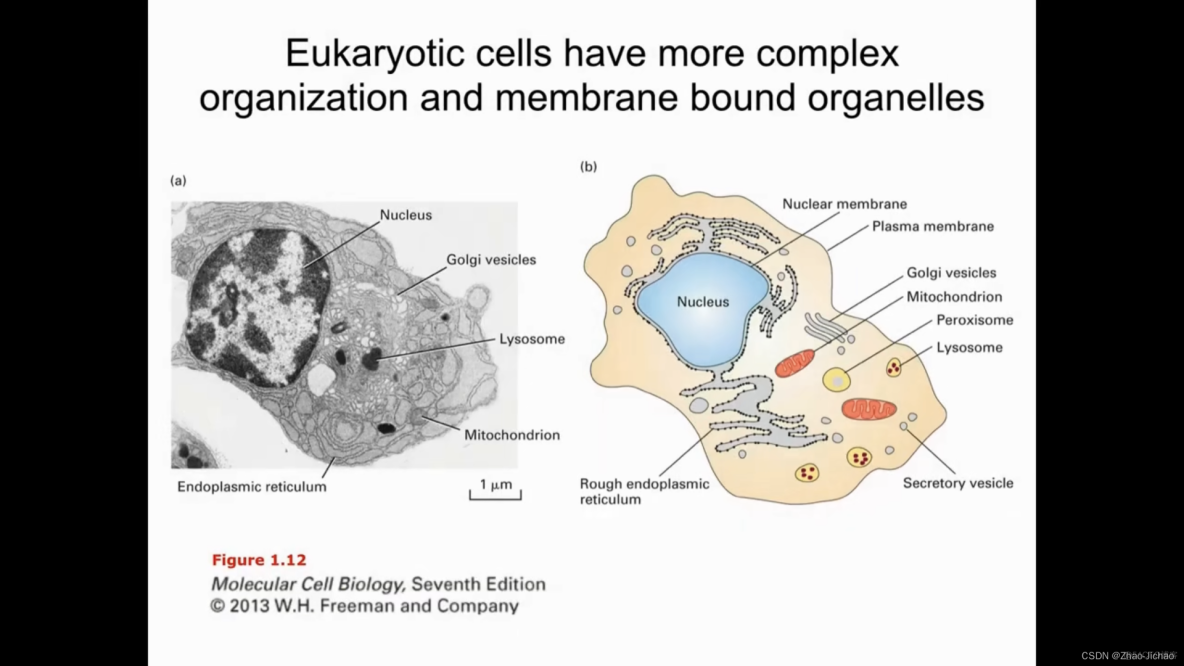
So our cells are more complicated than this. And that’s because if you look at this EM here, you can see that eukaryotic cells and we are eukaryotes, have membrane-bound compartments. There’s a nucleus here that houses our neclear DNA. And also, there’s a series of membrane compartments that span the cytoplasm.
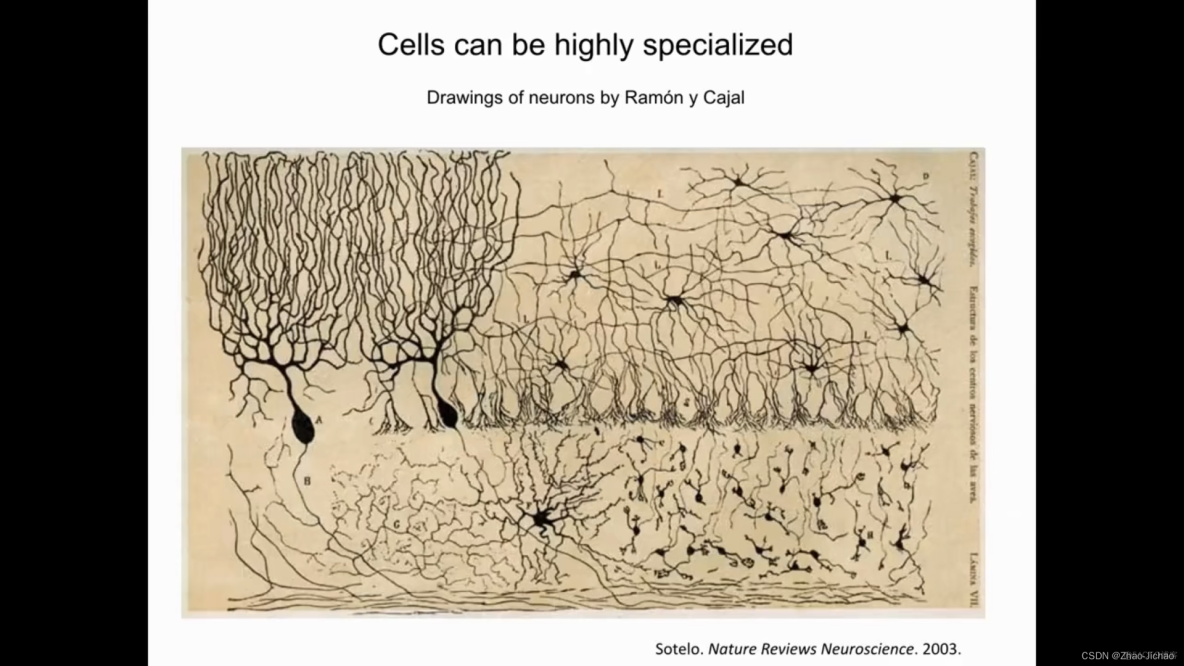
Our cells have incredible diversity and specialization. So there’s diversity within a single organism. There’s specialization. So as we develop from a single cell, our cells acquire properties that allow them to carry out specific functions in our bodies.
And an extreme example of this is shown up here. These are pictures or drawings of neurons from RAmon y Cajal and you can see how this looks nothing like the cartoon picture of a cell I just showed you. These cells have highly dendritic sort of arrays of protrusions. And these cells have evolved such that they are very good at sort of transmitting information in the body. An extreme example of a nerve is a sciatic nerve, which extends from the base of your spinal cord all the way down into your foot. So it’s about a meter long. That’s an extreme specialization for a cell. So these cells are specialized, but what’s important to note is that within a single organism, the genomic DNA of a cell is more or less the same. … The genomic DNA is the same. What’s different is the genes that are being expressed in these cells and the proteins that they encode that give these cells different functions. So what’s different and what allows cells to acquire these different functionalities is this different gene expression. OK, so that’s the overview.
Now I want to talk about compartments.
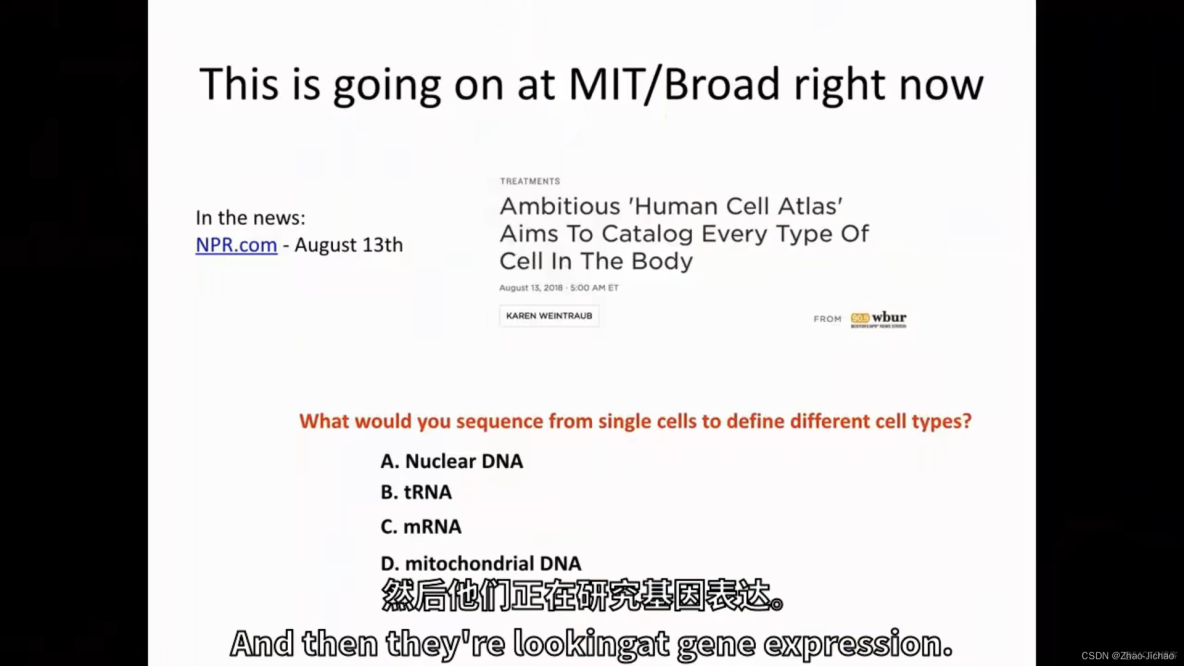
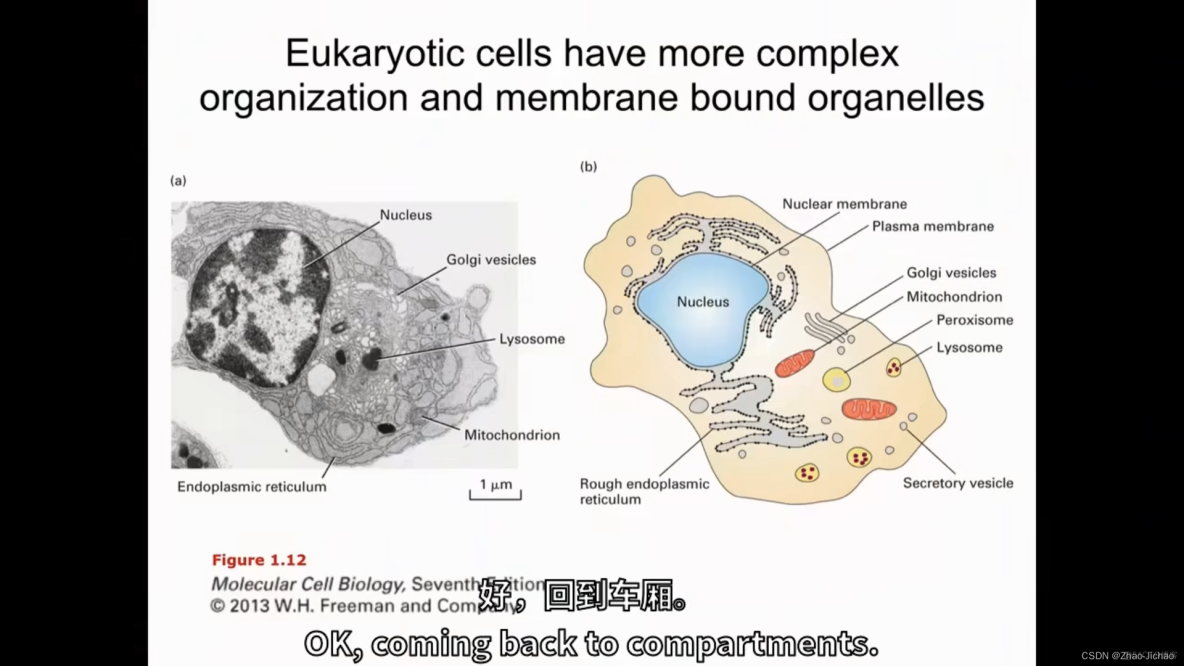
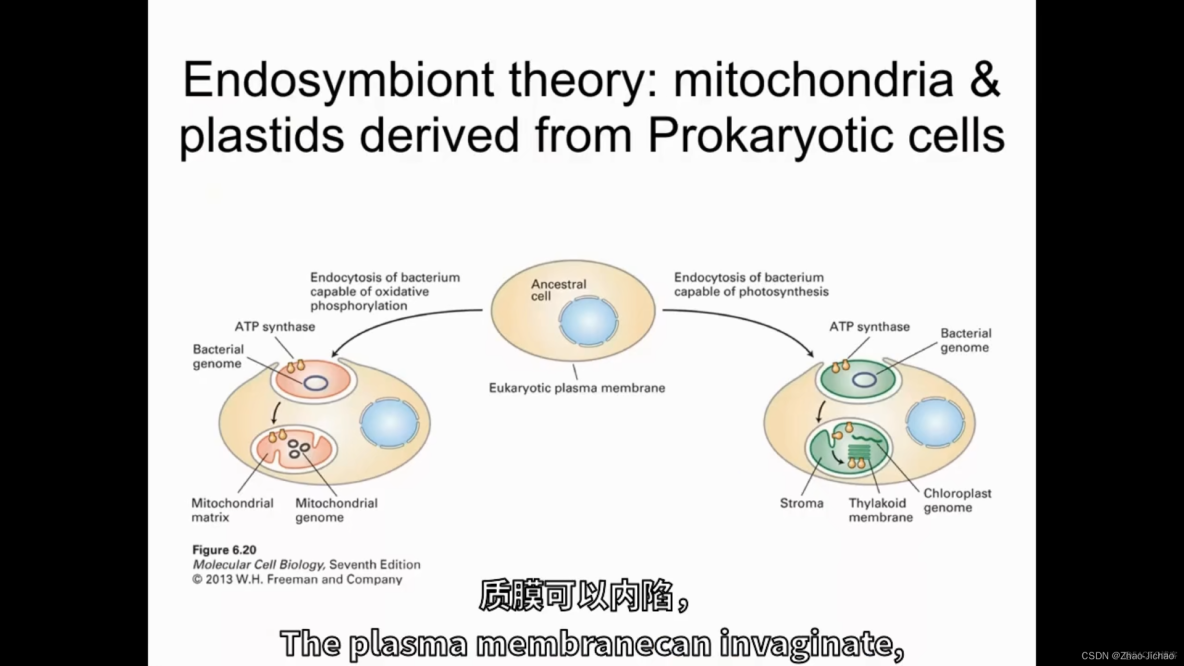
The plasma membrane can invaginate, and if it has this pink molecule, then if there is a scission event here, you’ve now gone from having your pink molecule on the outside of the cell to having the pink molecule in this vesicle or circular structure on the inside of the cell. So here now we have this. We have our vesicle in blue. And now the cell has picked up this pink molecule, such like this.
endocytosis
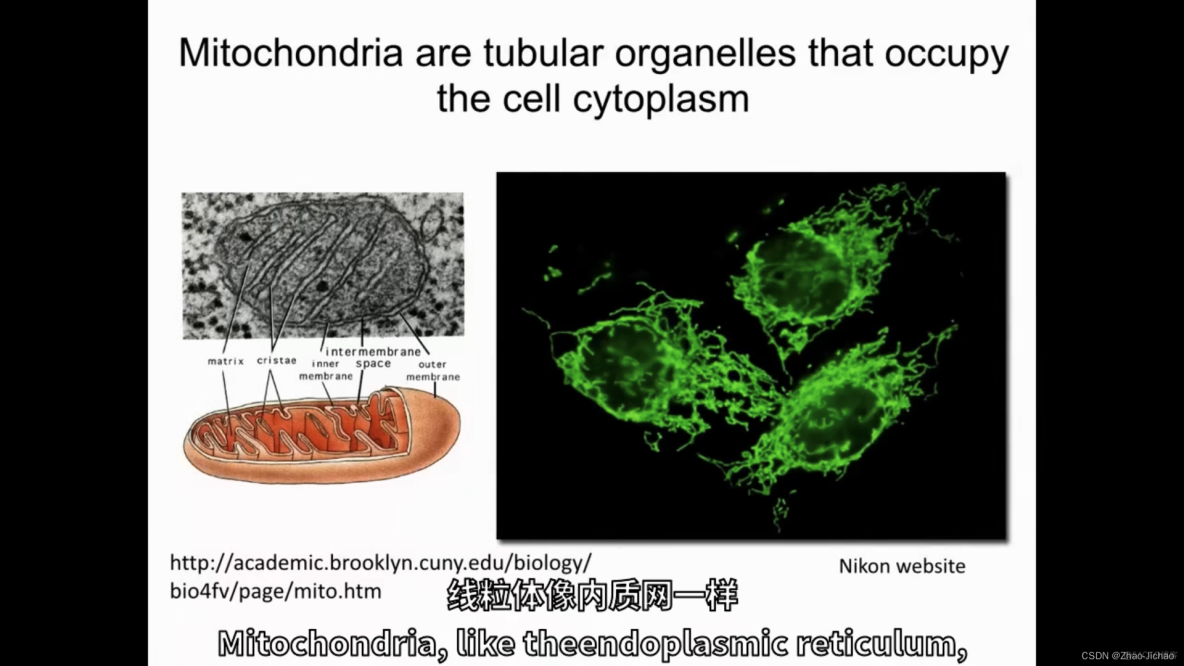
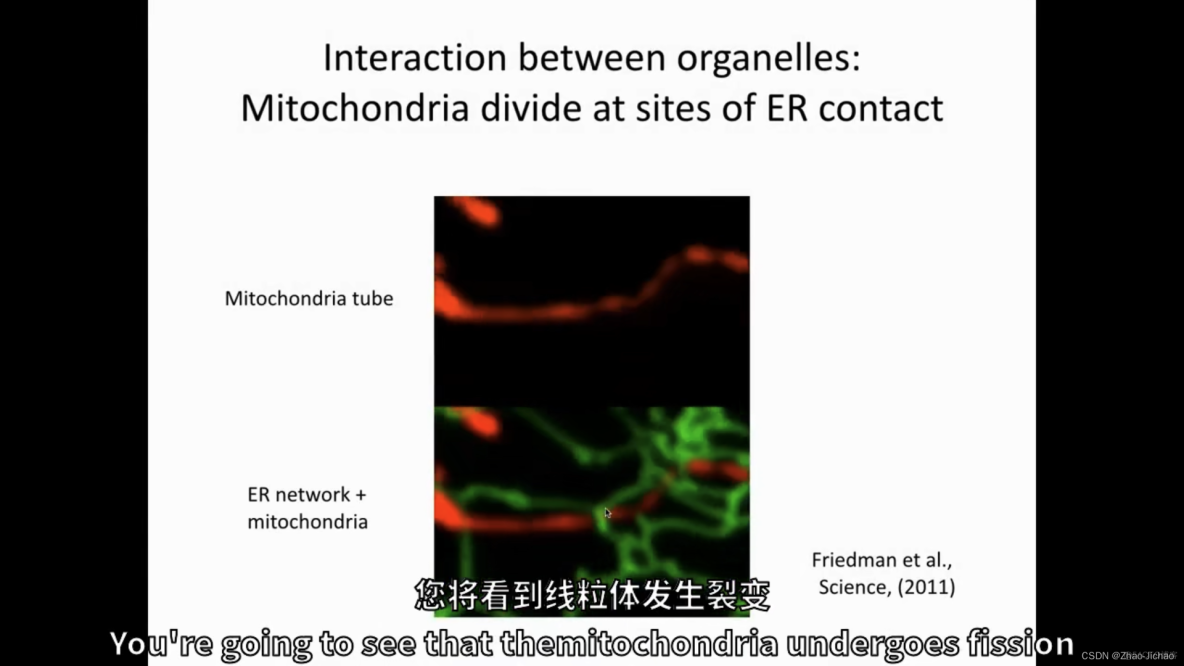

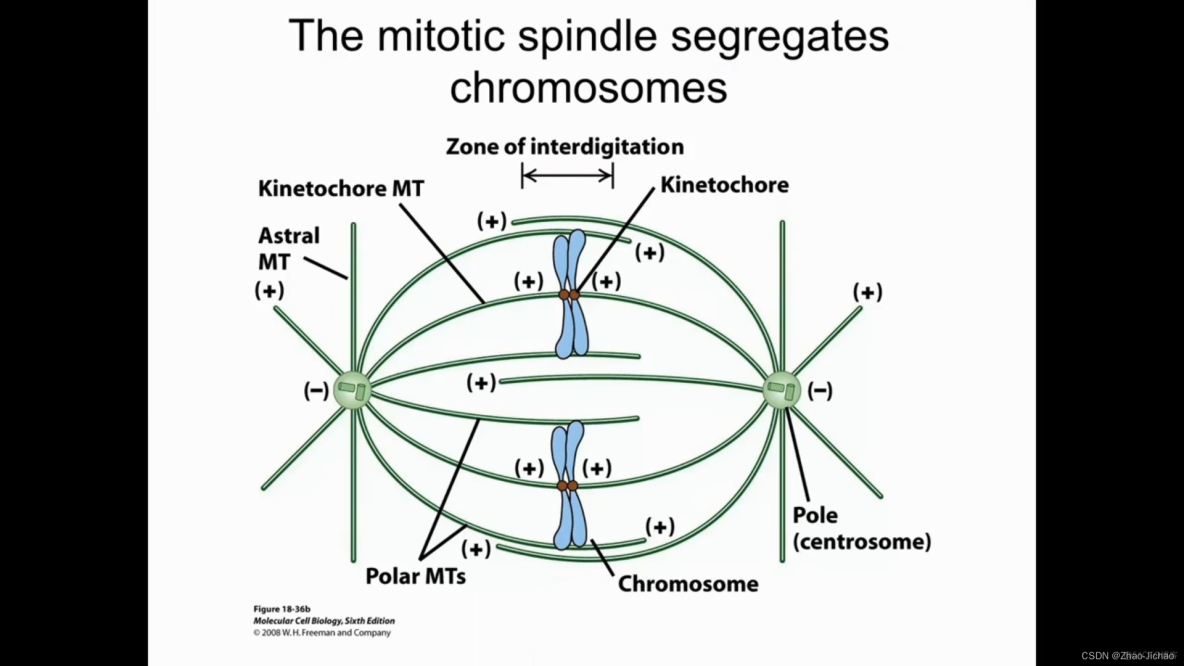
Ref
- 11. 细胞,最简单的功能单元
服务器托管,北京服务器托管,服务器租用 http://www.fwqtg.net
机房租用,北京机房租用,IDC机房托管, http://www.e1idc.net

